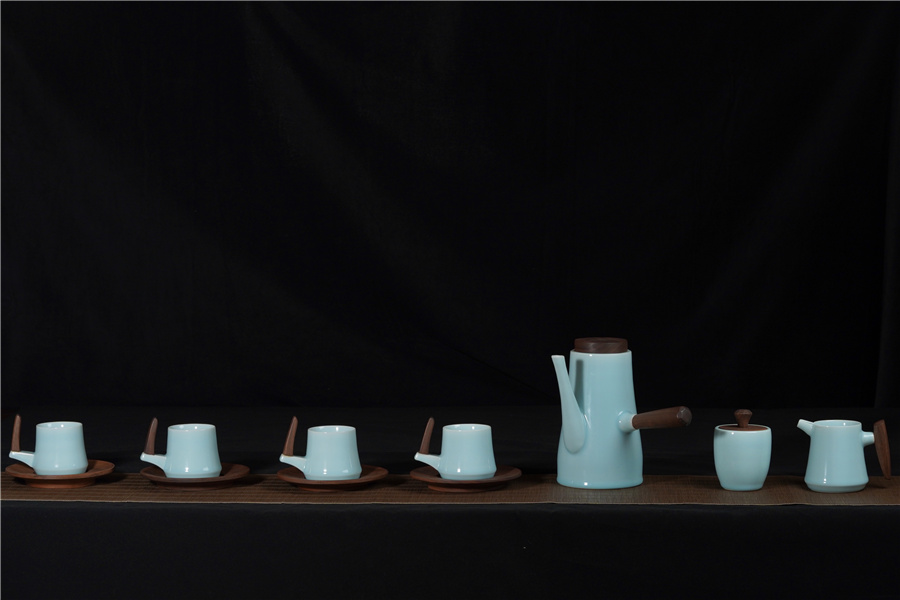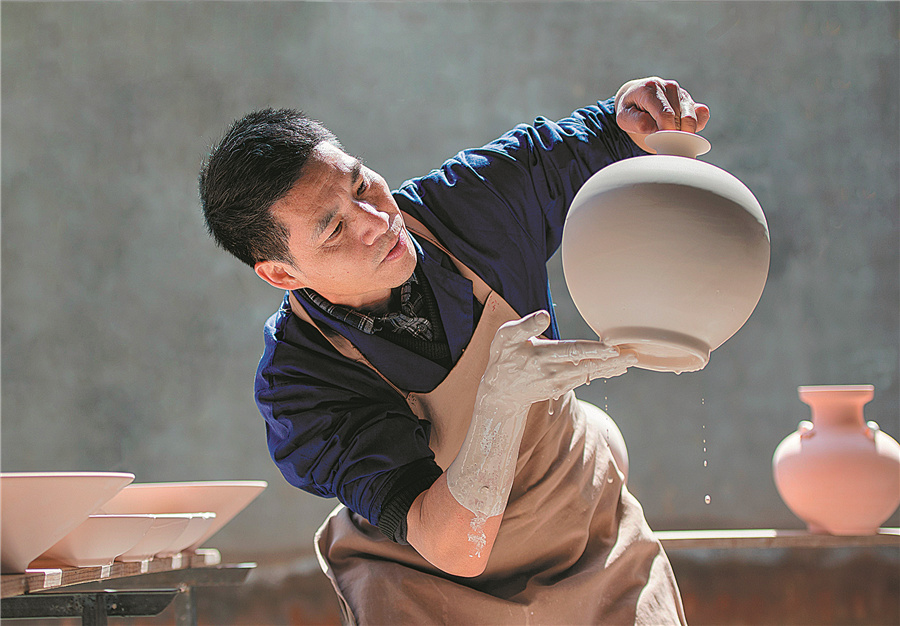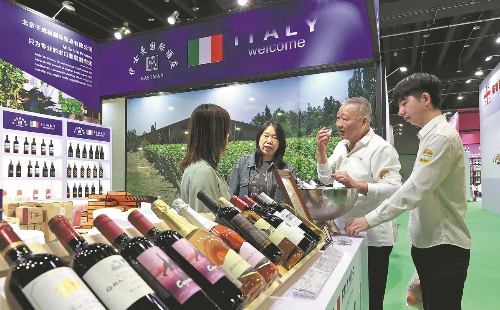Creating tradition with a glaze of modernity

There's big room for modern design and innovation that would help popularize the ancient art among younger consumers. [Photo provided to China Daily]
"The grown-ups would cheer and laugh once the kiln furnace was opened and arrays of celadon products jumped into the eye."
At dinner time, Ye's grandmother would serve steaming food on the celadon wares.
"Now I think of it, the green color really set off the food, stimulating one's appetite," Ye says.
After he looked at celadon through the eye of a design student, Ye discerned the potential of celadon innovation.
In his opinion, the overall celadon industry has been strictly sticking to tradition and there's big room for modern design and innovation that would help popularize the ancient art among younger consumers.

Ye Chenxi's father Ye Xiaochun is a sixth generation inheritor of the Longquan celadon. [Photo provided to China Daily]
Ye applied to pursue a master's degree in ceramic design at Jingdezhen Ceramic Institute in the neighboring Jiangxi province in 2016.
"I needed to know more about celadon to further my goal," Ye says.
Upon his arrival, he was immediately drawn to the open and inclusive ceramic art ambience permeating through Jingdezhen, widely considered as China's porcelain capital.
"A great many artists engage in their artistic creations there, and you can find various processes and approaches for ceramic making," he says.
Knowing his ultimate purpose, Ye's professor encouraged him to focus on celadon design and integrate it with modern techniques.
Whenever he met with a problem at school, he would call his father, and they would work out the kinks in the way.





 play
play